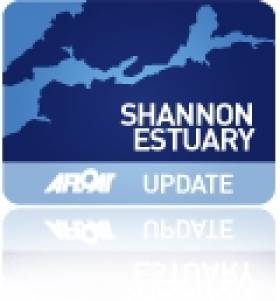Displaying items by tag: Infill East Jetty
Port of Foynes €50m Investment Redevelopment
#FoynesPort - Work on a major restructuring of Foynes Port, Co. Limerick according to RTE News involving the first element is to begin this month.
The project is part of a €50 million investment in transforming the port into one of the biggest bulk harbours in Europe.
Shannon Foynes Port Company (SFPC) will spend €12 million on transforming the existing East jetty area, and reclaiming a 3.45 acre section of the port to create a bigger foreshore area of activity and enable improved bulk discharge times.
The expansion of the port will add an additional 35,000 square metres of additional bertage and create more open quay storage at the port. It will enable the company to accommodate larger container cargo ships, enabling ships of 40,000 tonne capacity to berth at the new port.
In time it will create capacity for the worlds largest cargo vessels of 80,000 tonne capacity to travel and unload at Foynes, making it one of the few ports in Europe capable of handling these massive ships. These are the types of vessels which are currently using the Panama Canal.
Click HERE for more on this story and photos and about SFPC which in 2013 launched its Masterplan Vision 2041.
























































